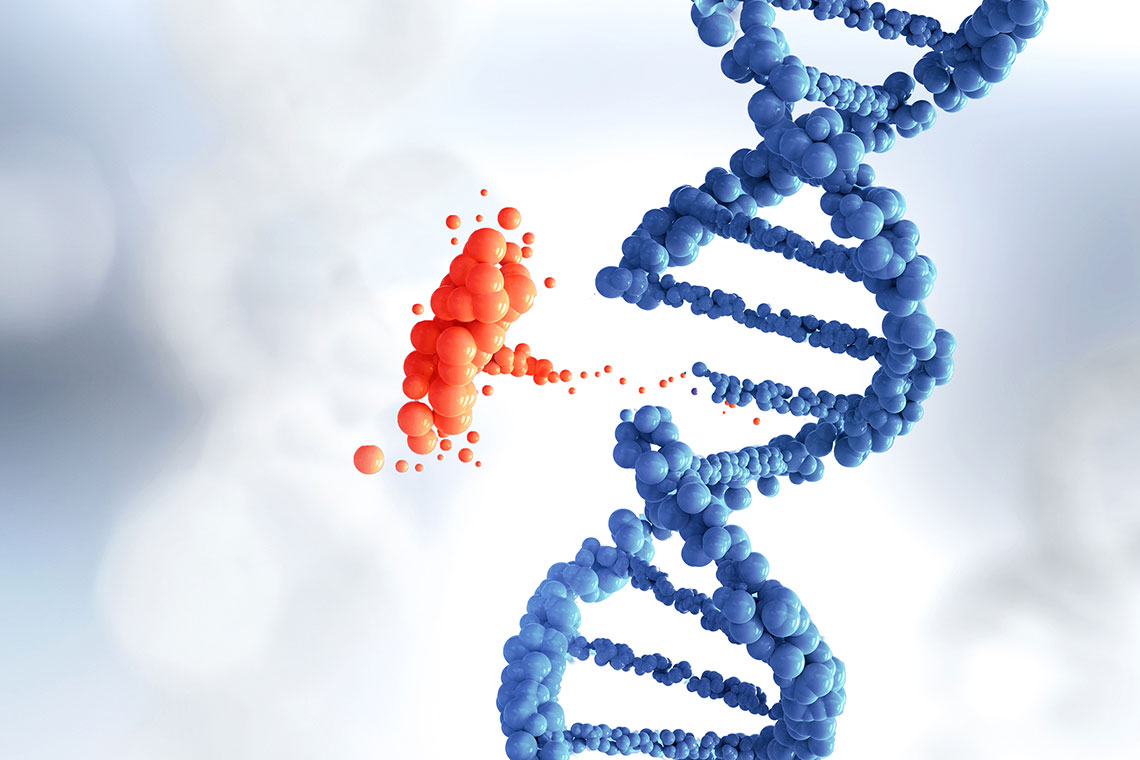What are the symptoms of PTEN hamartoma tumor syndrome?
The symptoms of PTEN hamartoma tumor syndrome (PHTS) can vary but often include the following:
- Skin abnormalities: Development of benign skin growths such as trichilemmomas (small skin-colored papules), papillomas (wart-like growths), and lipomas (fatty tumors).
- Macrocephaly: Larger-than-normal head size.
- Developmental delays: Some individuals may experience delays in cognitive and motor development (cognitive impairment).
- Benign tumors: Formation of non-cancerous tumors in various parts of the body, such as the intestines (hamartomas) and thyroid (thyroid nodules).
- Increased cancer risk: Higher likelihood of developing certain cancers, including breast cancer, thyroid cancer, endometrial cancer, kidney cancer, and colon cancer.
- Lhermitte-Duclos disease: A rare brain tumor associated with this syndrome.
- Vascular malformations: Abnormal blood vessels may develop, leading to issues like bleeding or swelling.
Symptoms can vary widely between individuals, and not everyone will experience all of these.
What are the causes of PTEN hamartoma tumor syndrome?
PTEN Hamartoma Tumor Syndrome (PHTS) is caused by mutations in the PTEN gene, which is a tumor suppressor gene. The PTEN gene is responsible for regulating cell growth and preventing cells from growing and dividing too rapidly. Mutations in this gene lead to its inactivation or loss of function, resulting in the uncontrolled cell growth characteristic of the syndrome.
Causes and Mechanisms:
- Genetic Mutations: PHTS is primarily caused by inherited mutations in the PTEN gene. These mutations can be inherited from a parent (familial cases) or occur spontaneously (de novo mutations).
- Inheritance Pattern: The condition is usually inherited in an autosomal dominant manner. This means that an individual only needs one copy of the mutated PTEN gene from either parent to develop the syndrome.
- Genetic Variability: Different types of mutations in the PTEN gene can lead to varying degrees of severity and types of symptoms. Some mutations may result in a complete loss of PTEN function, while others may partially impair its function.
- Associated Syndromes: PTEN mutations are associated with several related genetic conditions, including Cowden syndrome, Bannayan-Riley-Ruvalcaba syndrome, and others, which collectively fall under the umbrella of PTEN Hamartoma Tumor Syndrome.
- Somatic Mutations: In addition to inherited mutations, somatic mutations in the PTEN gene can also occur, contributing to the development of tumors in individuals with PHTS. However, the primary cause of PHTS is the inherited genetic mutation.
Diagnosis and management typically involve genetic testing to identify PTEN mutations and a comprehensive evaluation of symptoms to tailor appropriate care and surveillance strategies.
How is the diagnosis of PTEN hamartoma tumor syndrome made?
To diagnose PTEN Hamartoma Tumor Syndrome (PHTS), doctors start by evaluating the patient’s clinical symptoms and medical history. They look for characteristic features associated with the syndrome, such as specific skin lesions in Cowden Syndrome or gastrointestinal hamartomas and developmental delays in Bannayan-Riley-Ruvalcaba Syndrome. The presence of multiple benign tumors or certain cancers can also be indicative of PHTS.
A detailed family history is taken to identify any patterns of cancer or tumors that might suggest an inherited condition. Genetic testing is crucial for a definitive diagnosis, involving the analysis of blood samples to detect mutations in the PTEN gene. Genetic counseling is often provided to help individuals and their families understand the implications of the results.
In addition to genetic testing, imaging studies like MRI, ultrasound, or endoscopy may be used to identify tumors or lesions associated with PHTS. Regular screening and surveillance are important for managing the syndrome and monitoring for related conditions, often requiring a multidisciplinary approach involving geneticists, oncologists, and other specialists.
What is the treatment for PTEN hamartoma tumor syndrome?
Treatment for PTEN Hamartoma Tumor Syndrome (PHTS) focuses on managing symptoms, monitoring for associated conditions, and addressing the specific needs of the patient. Key components of treatment include:
- Surveillance and Monitoring: Regular screening and imaging are essential to detect and manage tumors or lesions early. This may include annual check-ups with imaging studies, such as MRI or ultrasound, and regular endoscopic evaluations if gastrointestinal symptoms are present.
- Surgical Interventions: Surgical removal of tumors or lesions may be necessary if they become symptomatic or if there is a risk of malignancy. The decision to proceed with surgery depends on the type, location, and growth of the tumors.
- Cancer Prevention and Management: For individuals with an increased risk of cancer, preventive measures and early treatment are critical. This may include lifestyle modifications, prophylactic surgeries, or targeted therapies if cancer develops.
- Genetic Counseling: Genetic counseling helps patients and families understand the implications of the syndrome and make informed decisions about surveillance and preventive measures. It also supports family planning and management strategies.
- Multidisciplinary Care: A team of specialists, including geneticists, oncologists, dermatologists, and surgeons, may be involved in managing PHTS to address the various aspects of the syndrome and coordinate care effectively.
- Psychological Support: Managing a chronic condition like PHTS can be challenging, so psychological support and counseling may be beneficial for coping with the emotional and mental health aspects of the syndrome.
Overall, treatment is tailored to the individual based on their specific symptoms, risks, and needs. Regular follow-ups and adjustments to the management plan are crucial for optimal care.

Leave a Reply
You must be logged in to post a comment.